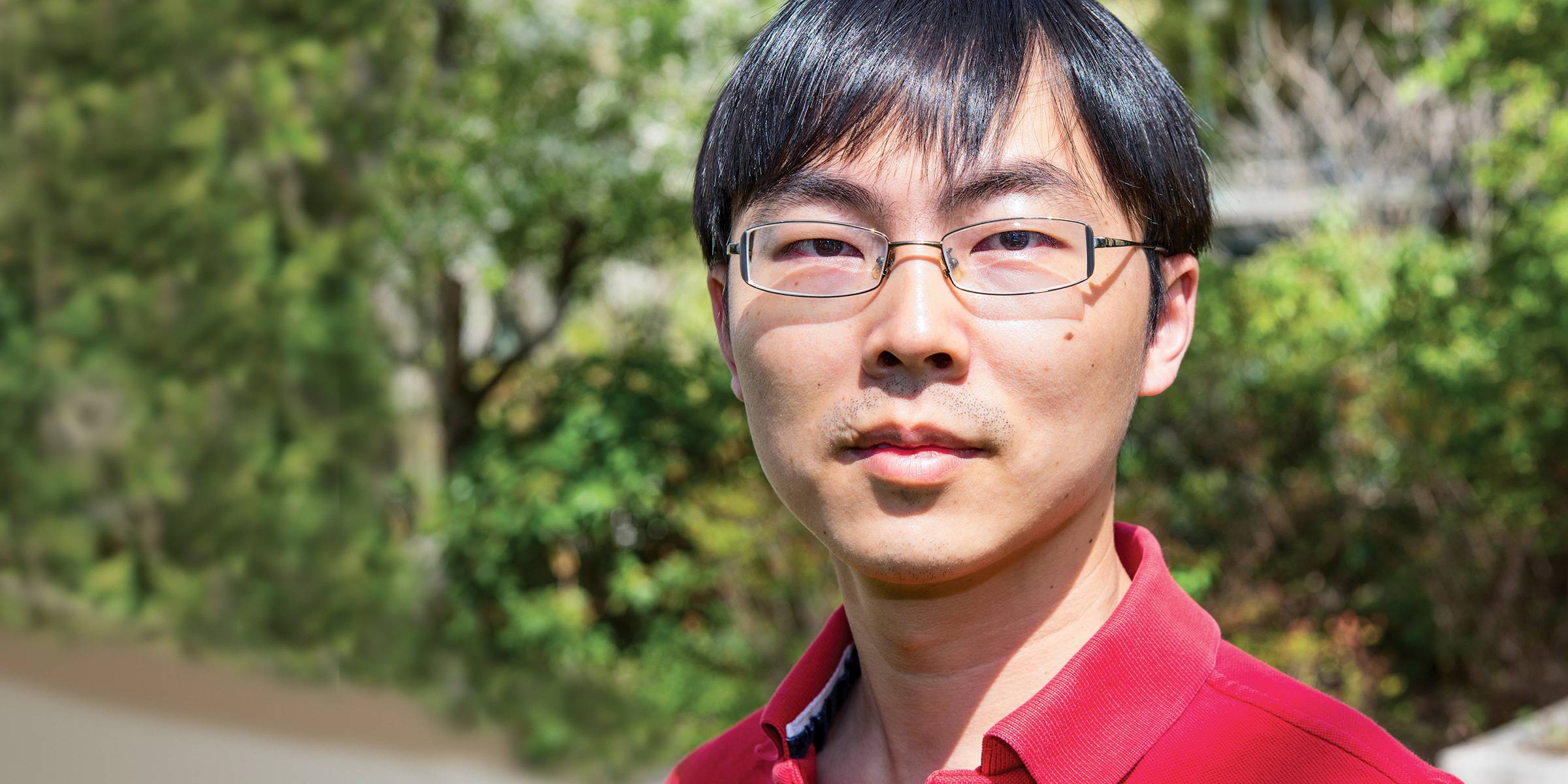Shixin Liu, Ph.D.
Associate Professor
Faithful inheritance and precise expression of genetic information are carried out by specialized macromolecular machines. These nanometer-scale entities must negotiate the physical characteristics of DNA and chromatin in order to fulfill their function. Leveraging the single-molecule biophysical toolkit, Liu investigates the molecular underpinnings of interaction, coordination, and competition of machines that act on bacterial and eukaryotic chromosomes.
Life processes at all scales are ultimately driven by biological molecules, many of which exhibit machine-like properties, generating forces and motions to control the operation of cells, tissues, and organisms. These microscopic engines are highly influenced by random thermal fluctuations due to their small size, yet they vastly outperform the macroscopic machines seen in our daily lives by both efficiency and accuracy. How molecular machines harness minuscule energies to robustly carry out their functions remains an outstanding question in biology.
The advent of single-molecule biophysical tools has enabled scientists to follow individual biomolecules as they move, interact, and flex, thereby discerning previously hidden dynamics and unexpected phenomena. There are two major classes of single-molecule methodology: fluorescence-based detection and force-based manipulation. The Liu laboratory employs both types of techniques—often integrating them in a co-temporal manner (i.e. correlative single-molecule fluorescence and force microscopy)—to investigate how stochastic molecular behaviors lead to robust biological outcomes.
Genome replication and gene expression—processes fundamental to all forms of life—are mediated by intricate molecular machinery such as the replisome and the transcription complex. Although the structure and function of each component within these large complexes have been extensively characterized, how they work together so seamlessly in time and space to ensure the faithful transmission of genetic information remains mysterious. Liu’s group has developed single-molecule assays to follow the dynamic assembly, movement, and reactivity of these machines. Notably, the team investigates how machines that travel along the same genomic track coordinate with one another to collectively overcome physical obstacles, the failure of which is linked to genome instability. These studies will recreate molecular movies that unveil the essential orchestration of central dogma processes, shedding new light on the basic mechanisms for genetic inheritance and diseases caused by its dysregulation.
The fundamental unit of hierarchically organized eukaryotic chromatin is the nucleosome, which contains 147 base pairs of genomic DNA wrapped around an octamer of core histone proteins. Conventionally, nucleosomes have been viewed as DNA packaging units that inhibit gene expression by obstructing the accessibility of DNA to the transcription machinery. However, work in the Liu lab has shown that nucleosomes also serve as potent hotspots that recruit, modulate, and stimulate various chromatin regulators. Therefore, the physical characteristics and topology of nucleosomes constitute an underappreciated layer of epigenetic parameters encoded within the chromatin that control genomic transactions.
In addition, Liu’s group invented a transcriptome-mapping method, named SEnd-seq, to simultaneously determine both 5′ and 3′ ends of individual RNA molecules in bacteria, which unveiled previously unknown modes of transcriptional regulation. Applying SEnd-seq to Mycobacterium tuberculosis, they found that its transcriptome is dominated by incomplete transcripts due to prevalent RNA polymerase pausing. This represents a new paradigm for bacterial transcription divergent from the classic E. coli model and informs new strategies for antibiotic development.
Liu is a faculty member in the David Rockefeller Graduate Program, the Tri-Institutional M.D.-Ph.D. Program, and the Tri-Institutional Ph.D. Program in Chemical Biology.
